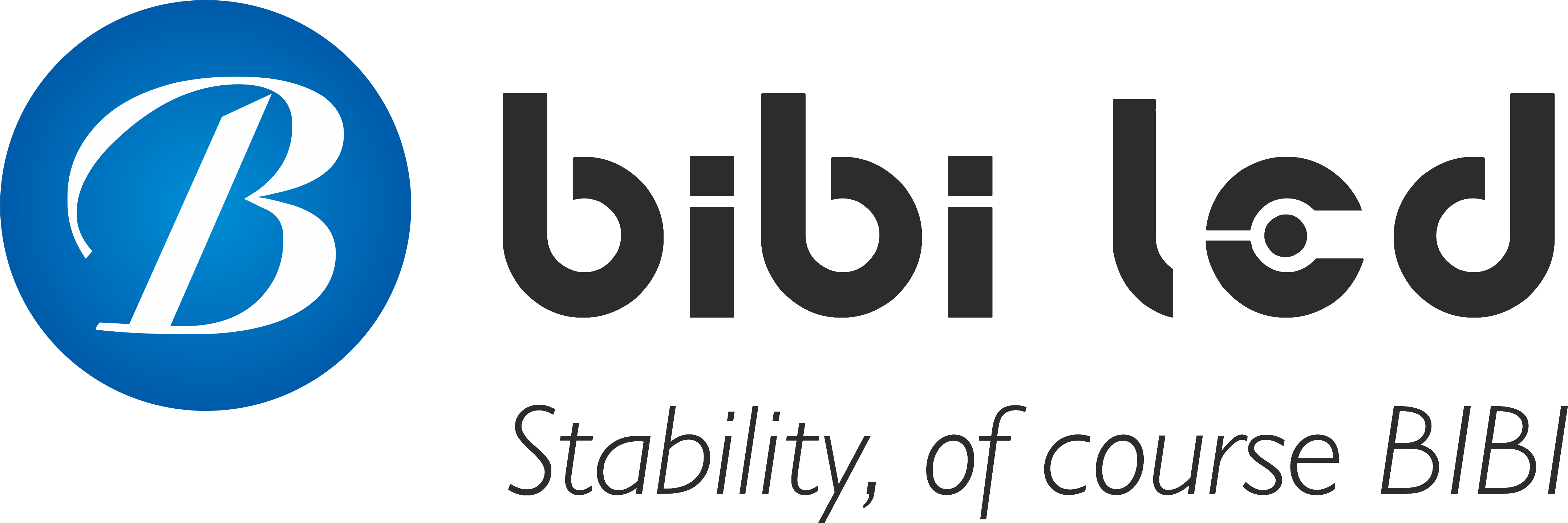Introducción

In today’s increasingly fierce advertising competition, companies are looking for the most effective way to attract consumers.
Traditional advertising used to be the darling of the market, but with the rapid development of technology, Pantalla LED advertising has gradually emerged.
So, which is more cost-effective, traditional advertising or LED screen advertising? Who can better adapt to the needs of the modern market?
Tabla de contenido
1. Definition of traditional advertising and common forms of analysis
Simply put, traditional advertising is advertising through the old media we are familiar with.
For example, newspapers, magazines, television, radio, and roadside billboards.
These forms of advertising have existed for a long time. Although Internet advertising is still available today, traditional advertising is still very useful.
It is through these media that information about products or services is conveyed to people who may be interested, attracting them to buy or pay attention.

1). Newspaper advertising
Newspaper advertising is like “enclosing land” in a newspaper, using a piece of land to display advertising content.
Its layout size is different; there is a full page, which is particularly grand and can hold a lot of content suitable for large-scale publicity.
There are also small pages, half a page or a quarter page, which are suitable for simple talk, such as discount information or store address.
The placement of newspaper advertisements is also very flexible. Newspapers can change their content every day so they can keep up with hot spots or promotions on time.
Weekly newspapers are slower, and the content must be more stable. People who read newspapers are also quite diverse.
For example, the readers of People’s Daily are mainly government workers, teachers, intellectuals, and other serious people, and the advertisements are mostly high-end and cultural.
Some specialized newspapers, such as Automobile News, are mostly read by car enthusiasts or practitioners, so the advertisements are naturally car-related.

2). TV ads
TV ads are the small videos that we see when watching TV. The biggest thing about it is the broadcast time.
7 to 10 p.m. is the prime time when most people watch TV, and the advertising effect is the best. Many big brands are rushing to broadcast advertisements at this time.
However, the advertising fee during prime time is also shockingly expensive. Advertising during non-prime time is much cheaper.
But fewer people watch it, which is suitable for some niche products or advertising for specific groups of people.
The cost of making TV ads is also very high; from thinking of ideas, writing scripts, finding actors, shooting videos, post-editing, and adding special effects, every step costs money.
Moreover, the scope of TV advertising is particularly wide. CCTV ads can be seen by people all over the country, and local TV ads can also cover a city or region, so many companies like to advertise on TV.
2. Definition and characteristics of LED screen advertising
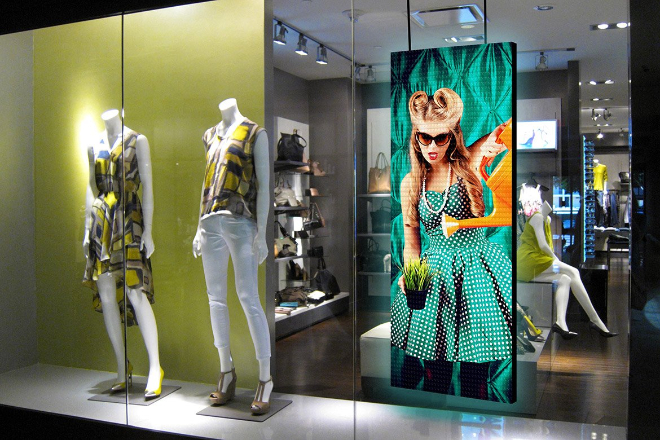
LED screen advertising uses the kind of screen that emits light to make advertisements. This kind of screen is called an LED screen.
It can display all kinds of beautiful pictures and texts, and it can also move, which is particularly attractive.
Now, in Centros comerciales, streets, and subway stations, you can see this kind of advertising everywhere. It is like a “big TV” that can tell stories, clearly showing the content of the advertisement.
1) Características
This kind of advertising screen looks particularly clear and colorful. Whether you are far away or close, you can see it clearly.
Moreover, it can also move, such as playing a small animation or video, which is much more interesting than the rigid picture advertisement.
For example, in the mall, the advertisement for new clothes is displayed, and the model walks around on the screen, which feels like it is really in front of you, and it is easy to catch your eye.
This dynamic effect makes the advertisement look more vivid and attractive, making people can’t help but take a few more glances.
It is very convenient to update the content of LED screen advertisements. You can do it with a computer or other device with just a few clicks.
For example, if a restaurant wants to promote a new product, it can put up a picture and introduce the new dish in a few minutes.
This flexibility allows advertisements to follow market changes at any time, such as today’s promotion and tomorrow’s festival, and the content of the advertisement can be adjusted immediately.
Moreover, it can also display different content according to different times and occasions, such as displaying promotional information during the day and changing to romantic advertisements at night, which is very flexible.
LED screen advertisements are particularly energy-saving. It uses a special light-emitting diode, which consumes very little power when it emits light and will not break down after a long time of use.
In this way, not only can electricity bills be saved, but also a lot of troubles can be avoided.
Moreover, it is also environmentally friendly because there is no need to replace light bulbs frequently, and it does not generate too much garbage.
Now, everyone pays attention to environmental protection. This kind of energy-saving and environmentally friendly advertisement is naturally more popular and in line with everyone’s pursuit of green life.
3. Cost comparison between the two
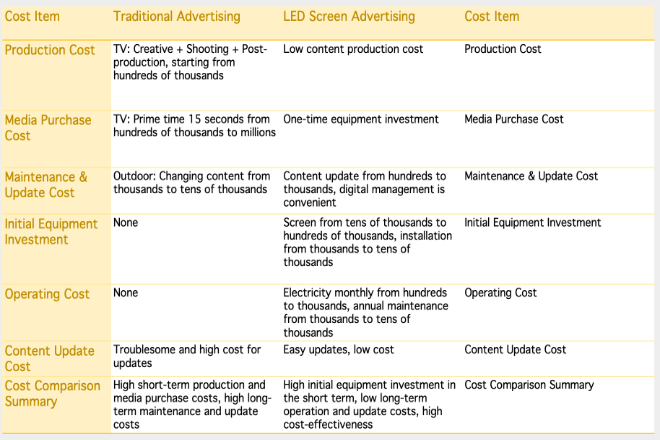
1). Analysis of traditional advertising costs
1.1). Production cost
Take TV advertising as an example. This is not cheap. First of all, you need to have a good idea, which depends on a professional advertising team.
Just thinking of an idea may cost tens of thousands to hundreds of thousands.
Then there is shooting. Find a good place, use good equipment, and hire actors.
The starting price is tens of thousands. If you hire a star, the cost will be millions of yuan.
Finally, post-production, editing, special effects, dubbing, etc., will cost tens of thousands to hundreds of thousands. In short, it takes hundreds of thousands to make a TV advertisement.
1.2). Media purchase cost
The media prices of traditional advertising vary greatly. The prime time of TV advertising is so expensive. A 15-second advertisement may cost hundreds of thousands or even millions.
Newspaper advertising is similar. A full-page advertisement costs tens of thousands to hundreds of thousands.
Outdoor billboards also depend on the location. A large billboard in the city center may cost hundreds of thousands a year in rent, which is not a low cost.
1.3). Maintenance and update costs
The maintenance cost of traditional advertising is not high, but updating the content is troublesome.
For example, it costs thousands to tens of thousands of yuan to change the picture of outdoor billboards.
Newspaper advertising needs to be redesigned and printed every time it is updated, which is also costly.
2). LED screen advertising cost analysis
2.1). Initial equipment investment
LED screen advertising costs a lot of money at the beginning. It costs tens of thousands to hundreds of thousands to buy the screen and thousands to tens of thousands to install it.
If you choose a high-end 3D screen, the price will be higher. The total cost of a small 3D screen may be hundreds of thousands to more than two hundred thousand.
2.2). Operating cost
The operating cost of LED screen advertising is relatively low. The electricity bill may range from a few hundred to two or three thousand yuan per month, depending on the size of the screen and the frequency of use.
Equipment maintenance costs about a few thousand to twenty thousand yuan a year. Compared with traditional advertising, this cost is already very friendly.
2.3). Content update cost
Updating content is not expensive, about a few hundred to two or three thousand yuan each time, depending on the complexity of the content.
Moreover, it is now digitally managed, and advertisers can remotely update content using a computer or mobile phone, which is convenient and saves money.
3). Cost comparison summary
In the short term, the production and media purchase costs of traditional advertising are indeed high, especially TV advertising and outdoor billboards during prime time.
LED screen advertising has a high initial equipment investment, but the cost of operation and content updates is low.
In the long run, LED screen advertising is more cost-effective. It is energy-saving, has a long life, is simple to maintain, and has a low cost of use.
Moreover, the content update is flexible and can keep up with market changes at any time.
In general, LED screen advertising is more worthwhile in the long run, especially for companies with limited budgets but who want to advertise steadily.
4. Comparison of the communication effects between the two
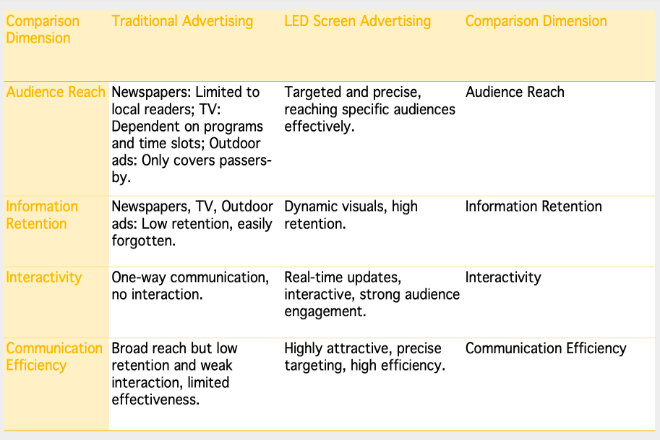
1). The effect of traditional advertising communication
1.1). Audience coverage
The audience coverage of traditional advertising is indeed quite wide, but it also has limitations.
The audience of newspapers is mainly people who love to read books and newspapers, and most of them are local residents.
Television advertising has a wider coverage and can reach thousands of households, but how many people can be attracted depends on the program and time period.
For example, TV drama advertisements during prime time will definitely have a large audience, but there may not be so many people watching at other times.
Outdoor billboards are more limited and can only cover people passing by, with a relatively small range.
1.2). Information Retention
The information retention of traditional advertising is average. People throw away newspaper advertisements after reading them, and it is difficult to remember them.
Although TV advertisements can leave an impression, the audience may forget the content of the advertisement after watching the program.
The same is true for outdoor billboards. People may glance at them when passing by, but it is difficult to remember them all the time.
The information retention time of traditional advertising is short, and it is difficult to leave a deep impression in the minds of the audience.
1.3). Interactivity
The interactivity of traditional advertising is very weak. Newspaper ads are just for viewing, and TV ads are also one-way communication, and the audience can only passively accept them.
This is even more true for outdoor billboards, which can only make people look at them a few more times, but there is no way to interact with the audience.
This one-way communication makes it difficult for the audience to really participate.
2). LED screen advertising communication effect
2.1). High attractiveness
The dynamic images of LED screen ads are particularly attractive. It can move and change colors, which is much more interesting than static ads.
For example, in shopping malls, the animations or videos played on LED screens can easily catch the attention of passers-by.
Moreover, the images of LED screens are clear and colorful, which makes people unforgettable after watching them.
2.2). Real-time update and interactivity
LED screen ads can be updated at any time through a network connection. For example, if a merchant wants to launch a new product, it can be updated on the screen in a few minutes.
Moreover, many LED screens can now interact with the audience. For example, some screens can display comments or voting results sent by the audience.
This interactivity makes the audience more involved and easier to remember the content of the advertisement.
2.3). Targeted communication
LED screen ads can be precisely delivered according to location and audience group. For example, in shopping malls, fashion brand advertisements can be placed for young people.
Business service advertisements can be placed near office buildings. This kind of precise placement can make advertising more effective because the content of the advertisement is more in line with the interests of the audience.
3). Summary of communication effect
From the perspective of communication efficiency and effect, traditional advertising and LED screen advertising have their own characteristics.
Traditional advertising has a wide coverage but low information retention and weak interactivity.
It is suitable for large-scale communication, but it is difficult for the audience to really remember the content of the advertisement, and it is also difficult to interact with the audience.
LED screen advertising has more advantages. Its dynamic pictures are attractive, the information retention is high, and the audience is more likely to remember the content of the advertisement.
Moreover, it can be updated and interacted with in real-time, it can be precisely placed, and the communication efficiency is higher.
In general, LED screen advertising is superior in terms of communication effect, especially suitable for advertising needs that require high interactivity and precise placement.
5. Market environment adaptability between the two
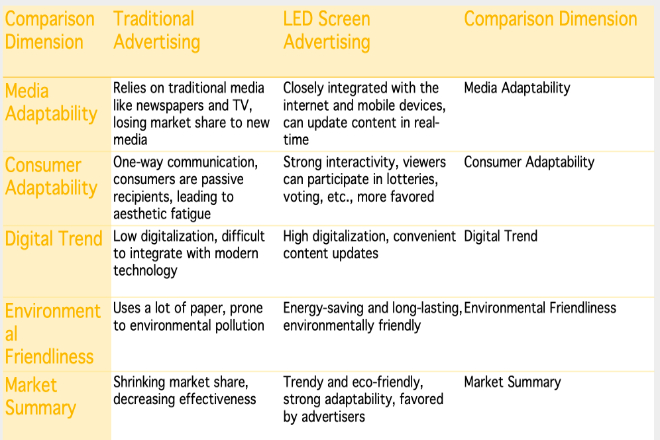
1). Market limitations of traditional advertising
1.1). Media changes
Now, the way people get information has long changed. In the past, newspapers and television were the main channels through which people obtained information, and advertisers also relied mainly on these media to advertise.
But now, mobile phones, computers, and various APPs have become everyone’s “new favorites”. Look at the young people nowadays, who still sit in front of the TV to watch advertisements every day.
Who still flips through newspapers every day? The market share of traditional media is getting smaller and smaller, and advertisers’ money is slowly moving to new media.
1.2). Changes in consumer behavior
Today’s consumers, especially young people, are becoming less and less “interested” in traditional advertising.
Most traditional advertisements are “I say, and you listen”, and consumers can only passively accept them. After a long time, who wouldn’t be annoyed?
Moreover, there is too much information and too many advertisements now, and consumers have long been aesthetically fatigued.
They prefer to actively find information themselves rather than being “bombed” by advertisements.
Therefore, the effect of traditional advertising is getting worse and worse, and advertisers are also very troubled.
2). Market adaptability of LED screen advertising
2.1). Digitalization trend
LED screen advertising is different. It is particularly well integrated with modern gadgets such as the Internet and mobile phones.
Now, many LED screens can update content in real-time through the Internet and interact with the audience.
For example, some shopping malls have LED screens where viewers can participate in a lottery or vote by scanning a QR code. This kind of interactivity is particularly strong, and viewers are willing to participate.
This digital feature makes LED screen advertising particularly suitable for current consumers.
2.2). Environmental friendliness
LED screen advertising is also particularly environmentally friendly. It is not like traditional advertising, which uses a lot of paper and ink, wastes resources, and pollutes the environment.
LED screens are energy-saving, have a long life, and basically do not need to be replaced, which is very friendly to the environment.
Now, everyone pays attention to environmental protection, so this form of advertising is naturally becoming more popular.
3). Market environment summary
In the current market environment, the adaptability of traditional advertising and LED screen advertising is quite different.
Although traditional advertising was very powerful in the past, it is now a bit “unable to keep up with the pace”.
Consumers are less and less interested in it, and the advertising effect is getting worse and worse. Moreover, the market share of traditional media is constantly being snatched away by new media.
But LED screen advertising is different. It is trendy and environmentally friendly and can interact with the audience, which is particularly in line with the needs of modern consumers.
In the current market environment, LED screen advertising is obviously more advantageous, and advertisers are more willing to use this form to attract consumers.
6. Conclusión
The comparison between traditional advertising and LED screen advertising is not only a contest of cost and effect but also a witness to the changes of the times.
Under the general trend of digitalization and environmental protection, LED screen advertising stands out with its unique advantages.
But will traditional advertising withdraw from the stage of history? Perhaps it can still shine in some areas.
Finalmente, si quieres saber más sobre las pantallas LED, Por favor póngase en contacto con nosotros.
